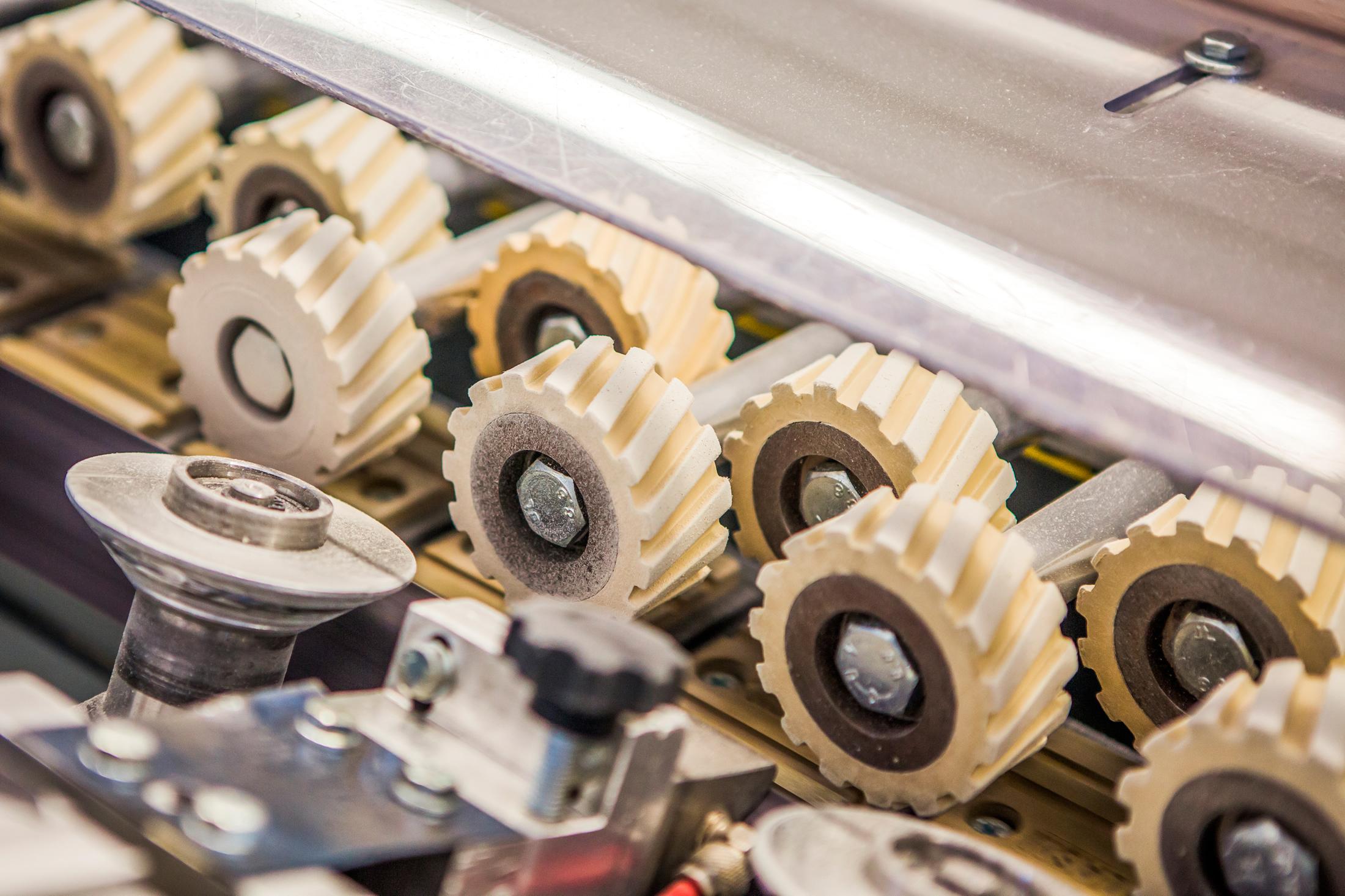Millennials: Tackling the “M” Word in 2017
How to Market the Mfg. Industry to a Younger Generation
Nearly 16 million. That’s how many temporary workers are placed in jobs by U.S. staffing firms each year. The same ASA survey found that 37% of those workers were employed in the industrial sector. In an industry that relies so heavily on a flexible workforce, manufacturers must think about how to set themselves up for success in 2017.
The common thread between these four suggestions is trying to be more marketable to a younger workforce. More than one in three workers today are between the ages of 19 and 35, and considered part of the Millennial generation. There are a few ways manufacturers can target this group in 2017 to ultimately recruit better workers in higher numbers.
- Make manufacturing cool again. Companies should take a page out of the Silicon Valley book and promote themselves in a way that makes people want to work for them. We all want to work for a technology start-up because they have cool offices and are creating innovative products. The misconception is that all manufacturing plants are dirty warehouses using antiquated equipment and old-school processes. Companies must do a better job of promoting their commitment to innovation, from their modern facilities to their high-tech machinery.
- Use a new vocabulary. With Baby Boomers aging out of the workforce, manufacturers have no choice but to bring in a younger generation of industrial workers. To do so, they must change the way they talk about their positions. Millennials don’t associate “blue collar” jobs with innovative workplaces or promising career fields, which is what they’re looking to find. Updating your job descriptions to reduce the jargon can go a long way to attracting new talent. Is your website mobile friendly? For most Millennials the job search starts from their phones, so make it easy for them to apply online.
- Re-think your company culture. Studies show that Millennials care more about your company’s culture than older generations. Across every industry, more and more workforces are a combination of full- and part-time employees, interns, contractors and other temporary workers. To provide the best possible environment, companies must find ways to bridge the gap between them to better retain high performers, regardless of their employment status with your company. Now is the time to re-examine your processes for onboarding, training, recognition and more.
- Get involved in education. Our technology-driven world makes it difficult for high school programs, trade schools and colleges to keep up with the pace of innovation. The instructors are often too far-removed from today’s practices versus their days on the manufacturing floor. To ensure younger generations are properly introduced to and trained for an industrial career, manufacturers can get involved through partnerships or collaborative education programs.
Taking it a step further, companies can get involved with even younger generations to help prepare them for their careers. In 2015, our company introduced the BelFlex Junior Mentorship Program (BJMP), an eight-week program to teach high school students about professionalism in the workplace to ultimately become confident employable.
Focusing on changing the perception of the manufacturing industry will help younger generations embrace an industrial career, a win-win for workers and the companies themselves in 2017— any beyond.







